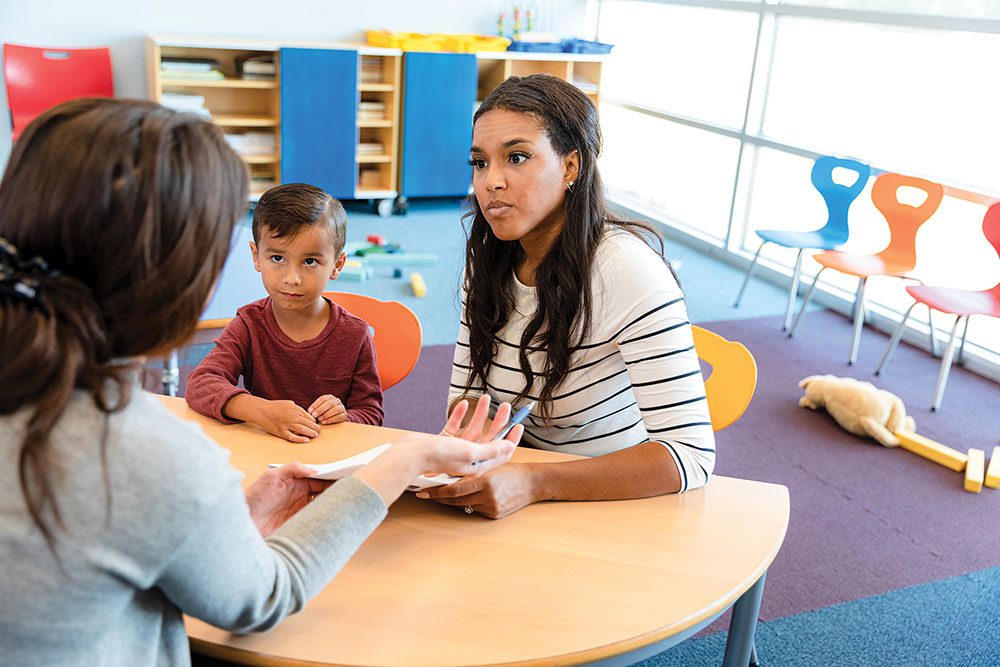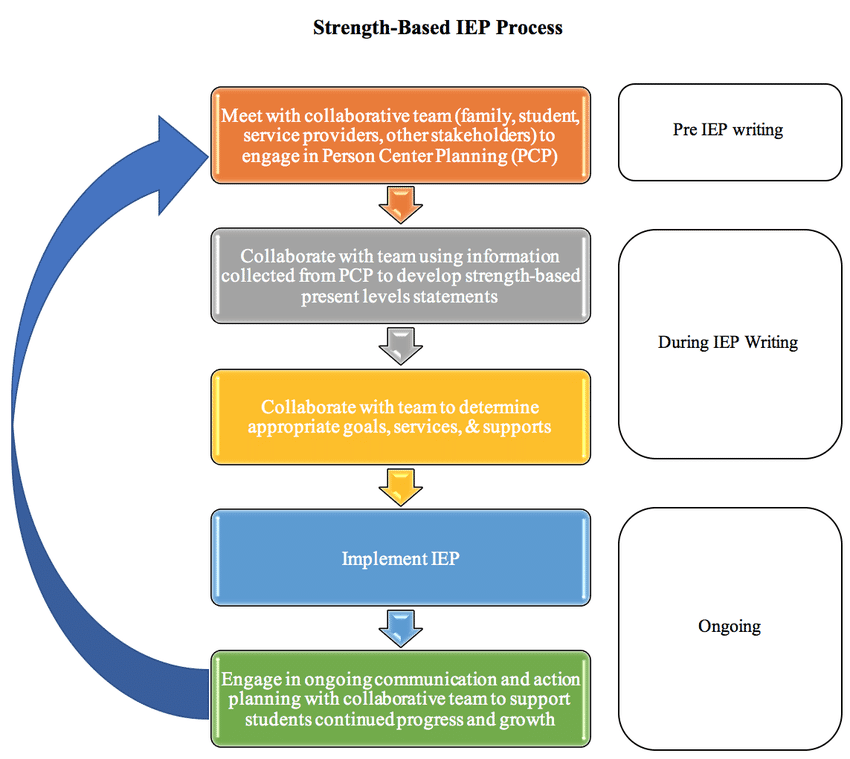Strengths Based IEPs: Focus on Growth
We all know children are unique, each with their strengths, challenges, and potential for growth. Crafting Individualized Education Plans (IEPs) that not only recognize these differences but also celebrate progress and provide targeted support is essential for ensuring every student reaches their full potential. Writing IEPs that are positive portrayals of student successes and focus on areas for growth takes thoughtful reflection and an empathetic approach. If we focus less on what students can’t do and more on where students have grown, we can collaborate on an IEP focused on strengths and growth.
Recognizing Growth: There’s no “can’t” in IEPs
According to Understood.org In a typical IEP meeting, not much time is given to looking at a child’s strengths. Strengths are covered at the beginning of the meeting, and the rest of the time is focused on deficits.Strengths based IEPs focus on student growth rather than focusing on what students “can’t” or “won’t” do. For example, I had a new intern teacher write that a student “refused to participate.” I coached her to reframe her thinking as “needs more support to participate”. It makes it less the student’s fault and puts the focus on what the student needs to grow in the area of participation.
By focusing on student strengths and maintaining a positive growth-oriented tone, we provide a welcoming atmosphere where students and parents feel part of a team focused on supporting student improvement. One way we can capture student successes and areas for growth is by using language such as “Big growth”, “Continues to grow”, and “needs more support to grow.”
Big Growth = Areas in which students have reached or exceeded their goals
Continue to grow = Areas in which students made progress, but didn’t quite reach goals
Need more support to grow = Areas students made little progress and may need additional services to grow.
For example, if a student struggled with reading comprehension but has shown significant improvement over the past year through targeted interventions and support, This would be indicated as their “big growth” area. If a student made some growth but didn’t quite reach the goal target we would call this “continuing to grow”. This not only provides a comprehensive picture of the student’s growth but also serves as a roadmap for further development.
Focusing on Strengths and Fostering Growth
While celebrating past achievements is important, strength based IEPs must also focus on fostering continued growth and development. Incorporating measurable goals and objectives that build upon existing strengths while addressing areas for improvement is key to nurturing ongoing progress. These goals should be specific, attainable, and tailored to the individual needs of each student.
For instance, if a student has demonstrated proficiency in basic arithmetic but struggles with more complex mathematical concepts, the IEP may include goals aimed at gradually increasing the level of difficulty in math tasks while providing appropriate support and accommodations.
Additionally, fostering a growth mindset within the student is essential. Encouraging resilience, self-reflection, and a willingness to embrace challenges empowers students to take ownership of their learning journey and strive for continuous improvement.
Providing Targeted Support
While growth should be an important focus of a strengths based IEP, it’s equally important to identify areas where students require support to thrive. Addressing these needs effectively requires a collaborative approach involving educators, parents, specialists, and other relevant stakeholders.
IEPs should outline specific accommodations, modifications, and support services that are tailored to the unique needs of each student. Whether it’s assistive technology, specialized instruction, or behavioral interventions, the goal is to provide the necessary tools and resources to facilitate learning and remove barriers to success.
Furthermore, ongoing assessment and progress monitoring are essential components of effective support strategies. Regularly reviewing and adjusting the IEP based on student performance and feedback ensures that interventions remain relevant and impactful. While feedback to stakeholders often happens quarterly, it’s important to keep parents informed less formally by sharing milestones with them along the way.
Conclusion
By celebrating achievements, fostering a culture of continuous growth, and providing targeted support, educators can create a roadmap for success that honors the uniqueness of every learner.
Ultimately, the goal of an IEP is not merely to outline accommodations and services but to empower students to thrive academically, socially, and emotionally. By embracing a strengths-based approach and a growth mindset, we can create environments where every student and family feels supported during the IEP process.


